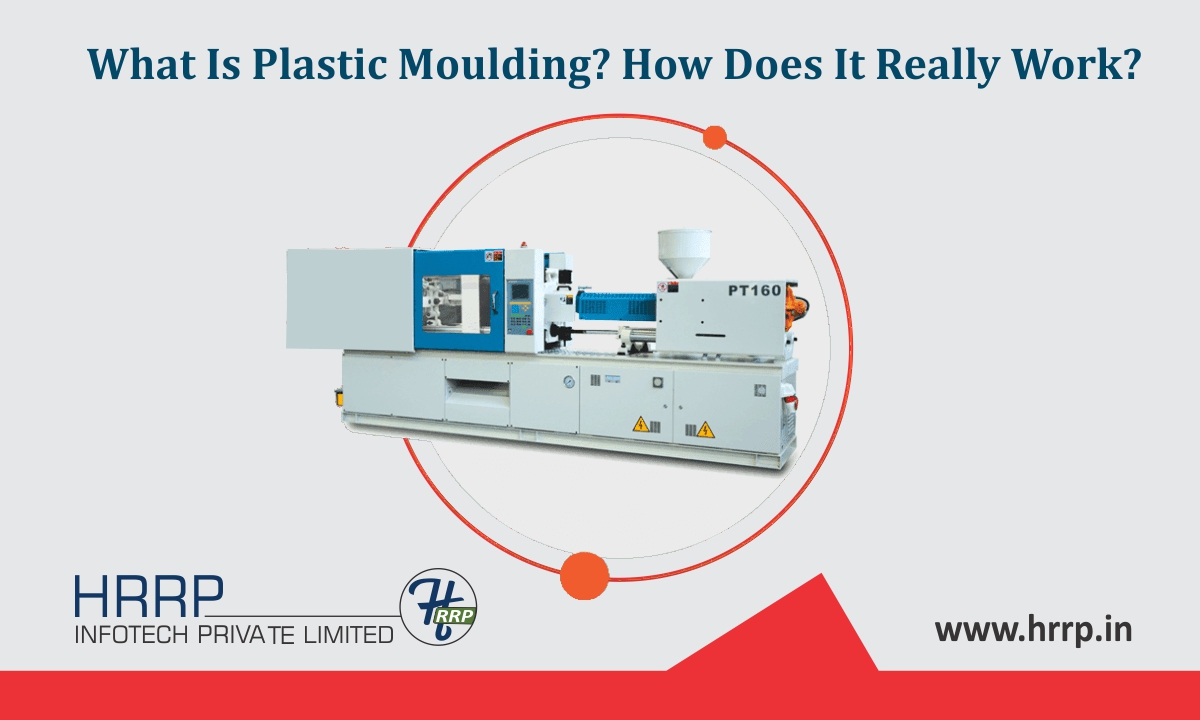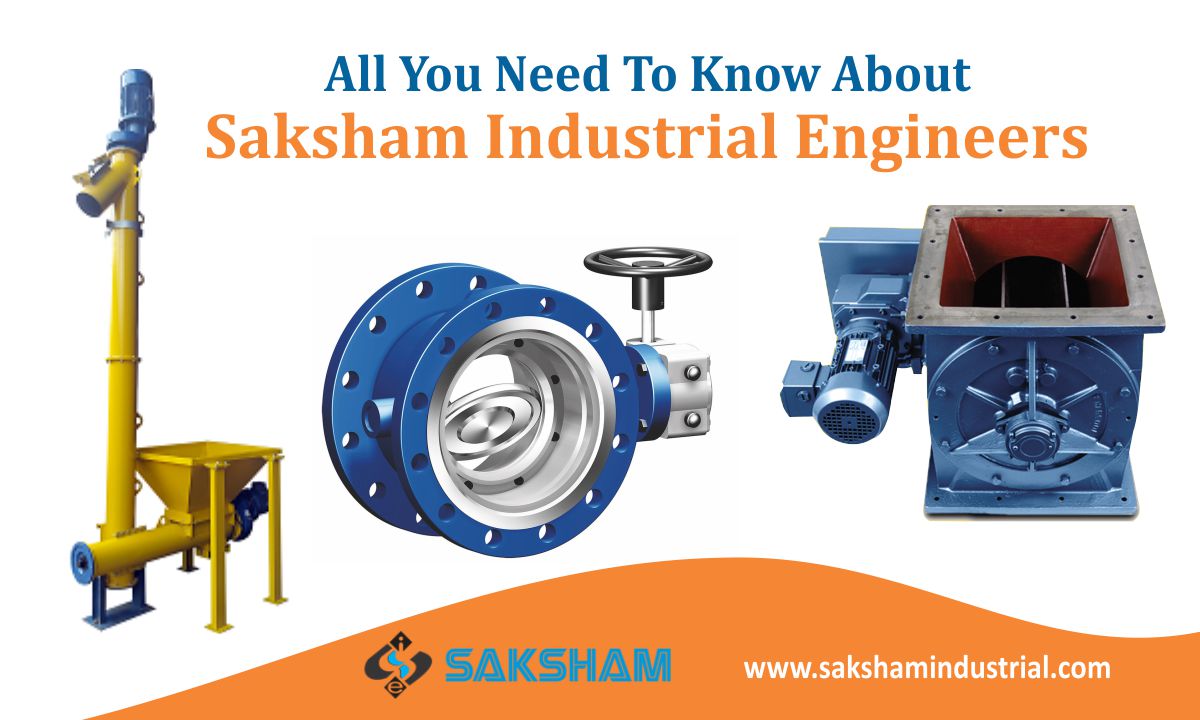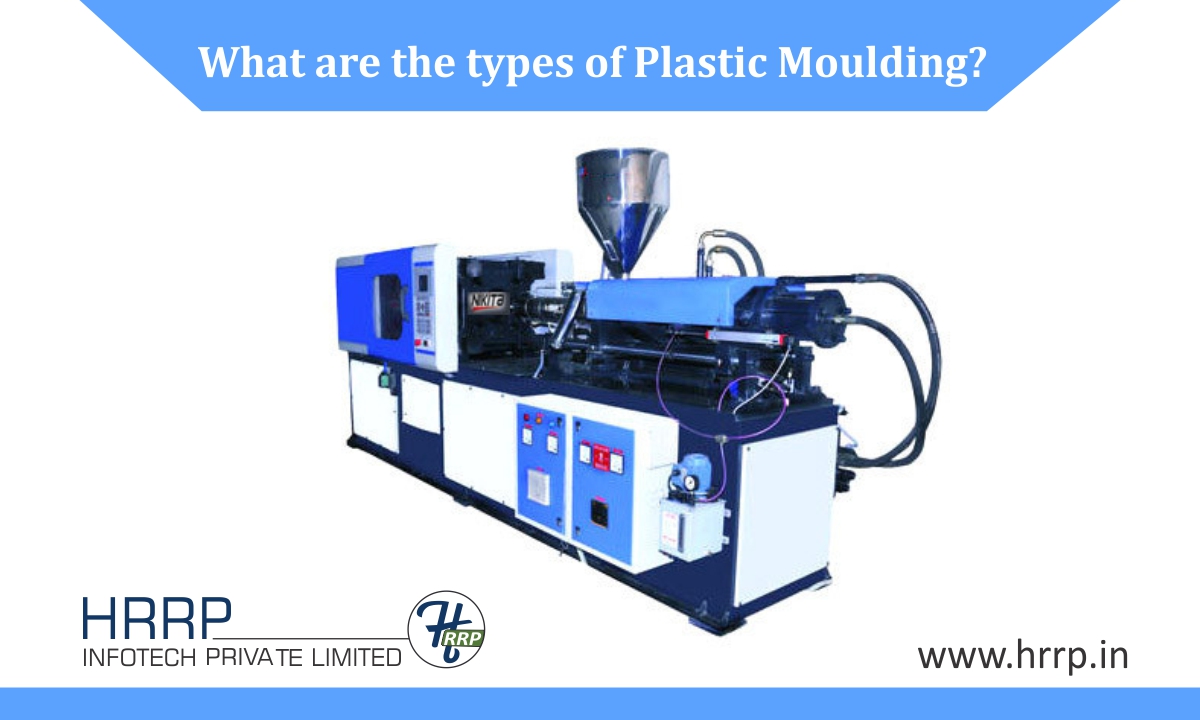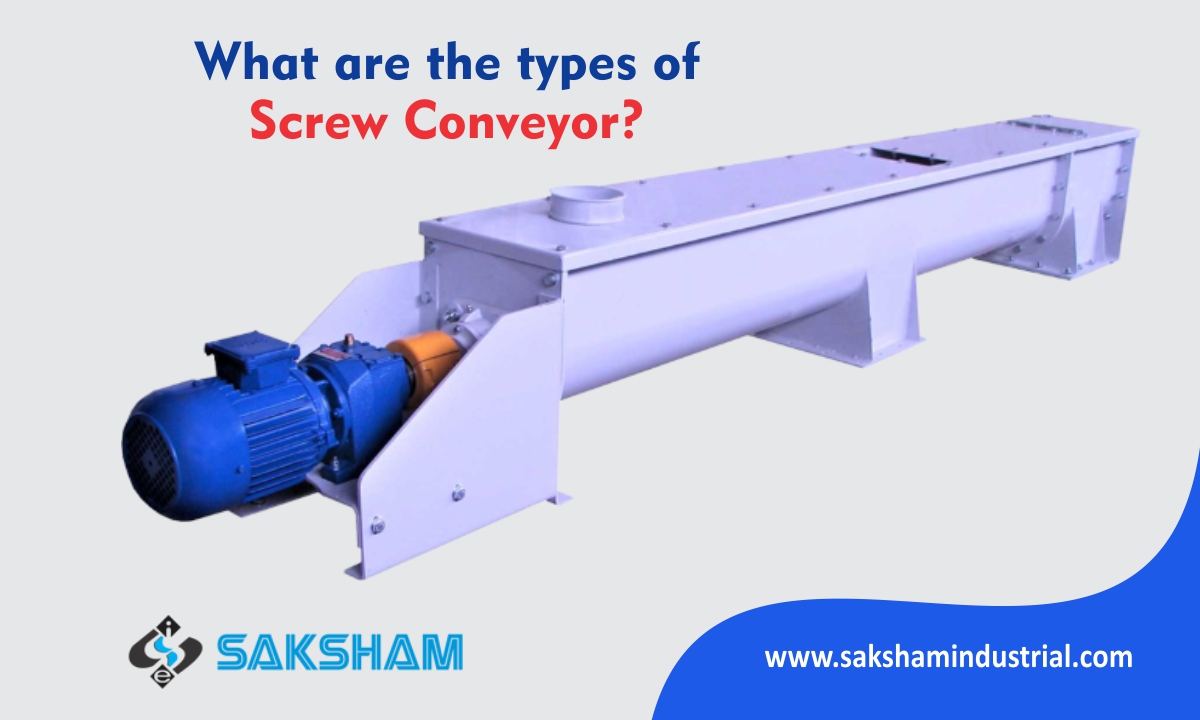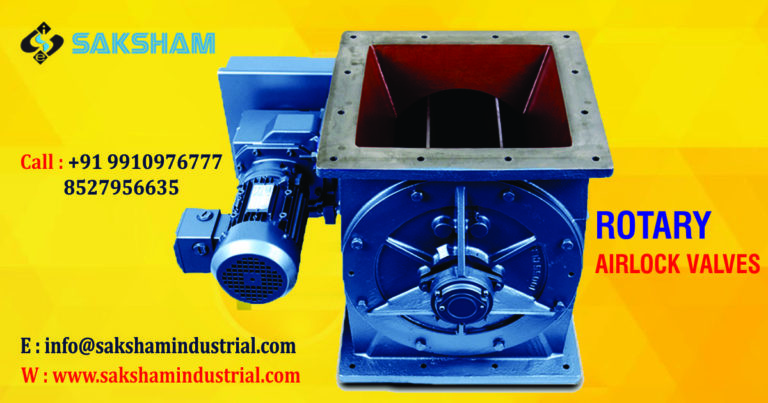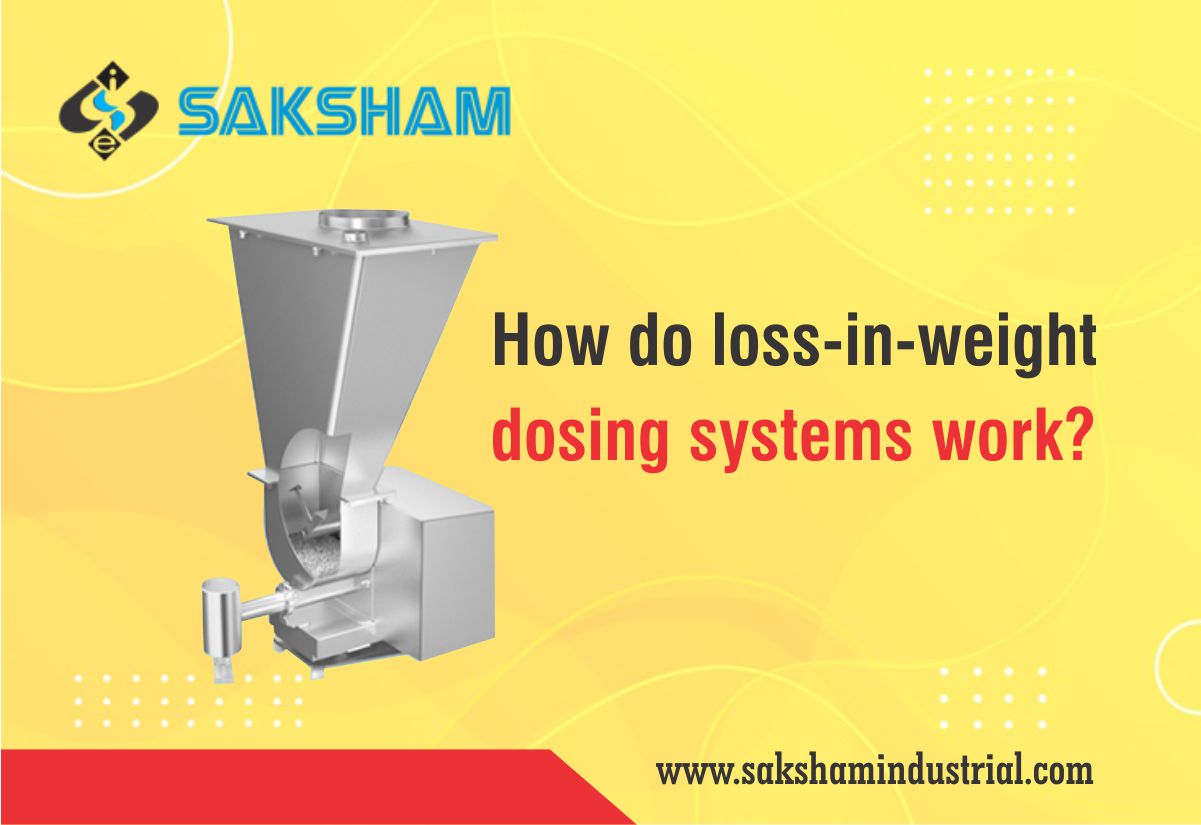How do loss-in-weight dosing systems work?
In the past few years, technological advancements have made loss-in-weight feeders one of the important dosing machinery in the industry. Updated features such as higher speeds and torque have made these machines super-productive. Many users report their productivity levels to be up by 100%. They are the most precise dosing system. Their precision comes handy when they’re used for injection molding, extrusion application, or blow molding. These feeders are commonly known as gravimetric feeders. They can provide in-line dosing, which is vital for applying low dosage rates. Overall, gravimetric loss-in-weight feeders are preferred by experts as they offer optimal dosing processes. Here’s an insight into these machines.
How Does the Machine Work?
A loss in weight feeder receives materials from upstream supplies. Then, the gravimetric device precisely doses the material into the process. The rating of dosing is predetermined and is called the ‘feed rate.’ Users can fix the feed rate using the machine’s vibratory tray or by using twin screws.
• The feeder is called ‘loss in weight’ because its operation is guided by the amount of load its losses as the materials are discharged.
• To ensure that the ‘loss in weight’ or product discharge is accurate, the equipment receives continuous responses from a delicate weighing device.
• These responses ensure that only precise amounts of materials are delivered either uninterruptedly or in each consignment.
Why Users Prefer Gravimetric Loss-in-Weight Feeders
Loss-in-weight feeder allow users to gain total control over their production processes. For instance, in a plastic production process, a loss in weight feeder will allow users to dose precisely on the required spots. Users rarely have to overdose their equipment to get the required results. The machine offers optimal traceability throughout all injection molding or extrusion application processes.
The Best for Low Dosing
What makes loss-in-weight feeders stand out is that these machines give users a chance to precisely dose highly-concentrated masterbatches. For instance, often, a low dose of expensive additive is needed to complete the production process. The accuracy that these feeders offer ensures that there are no mistakes.
High-quality loss in weight feeders can achieve dosing percentages of 0.05% or even less! Providing such low dosing is only possible with the accurate gravimetric controls that these machines offer.
Assessing the Key Benefits of These Machines
The stand out features of loss-in-weight feeders include –
• These machines offer users maximum control. They can apply precise doses exactly to the spots they want.
• These machines offer dosing percentages of less than 0.05%. No other equipment can offer such low doses.
• There’s zero chance of overdosing.
• Users can trace each step of the dosing process. Hence, these machines are ideal when dosing expensive additives.
• Feed rates are always consistent. To gain maximum accuracy, users must make small variations to the control and achieve long-term accuracy. All controls can be easily repeated. These machines offer maximum precision no matter how many times users repeat their dosing processes.
• Easy to record and document data.
• The feedback system is fast and accurate.
Be it building materials, processing food items, or dealing with synthetic materials like plastics and detergents – loss in weight feeders are the best!





